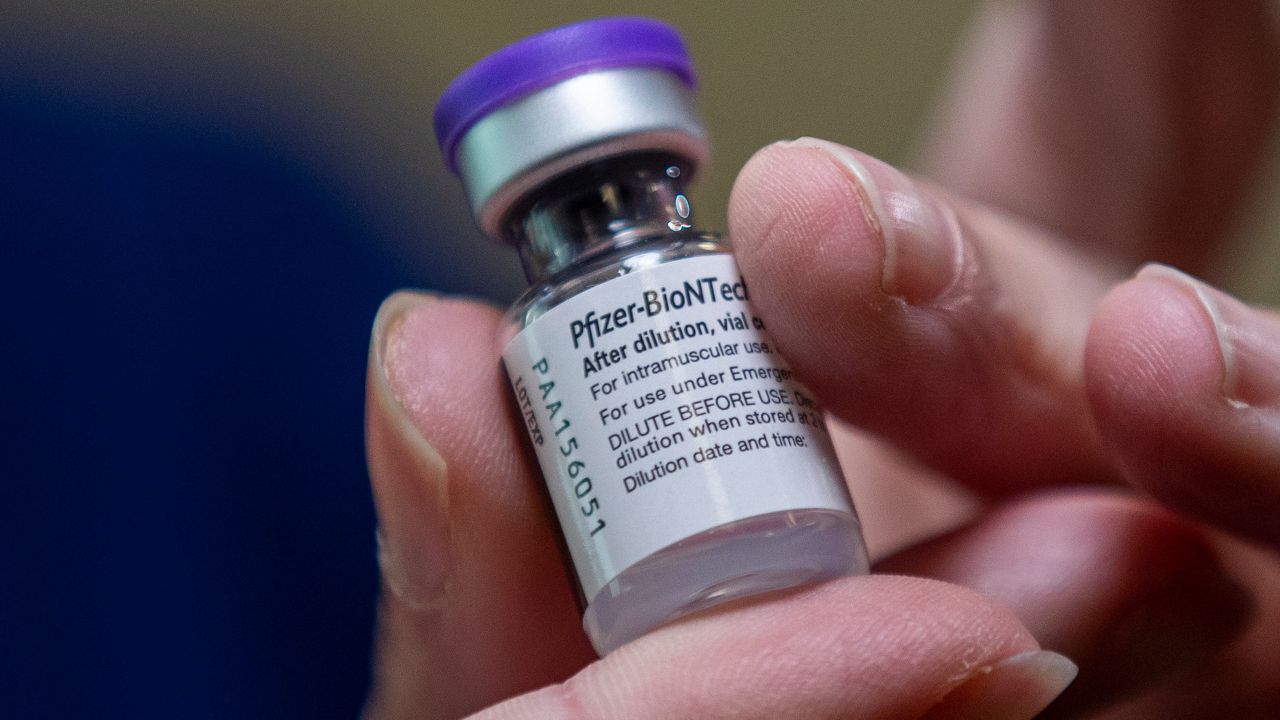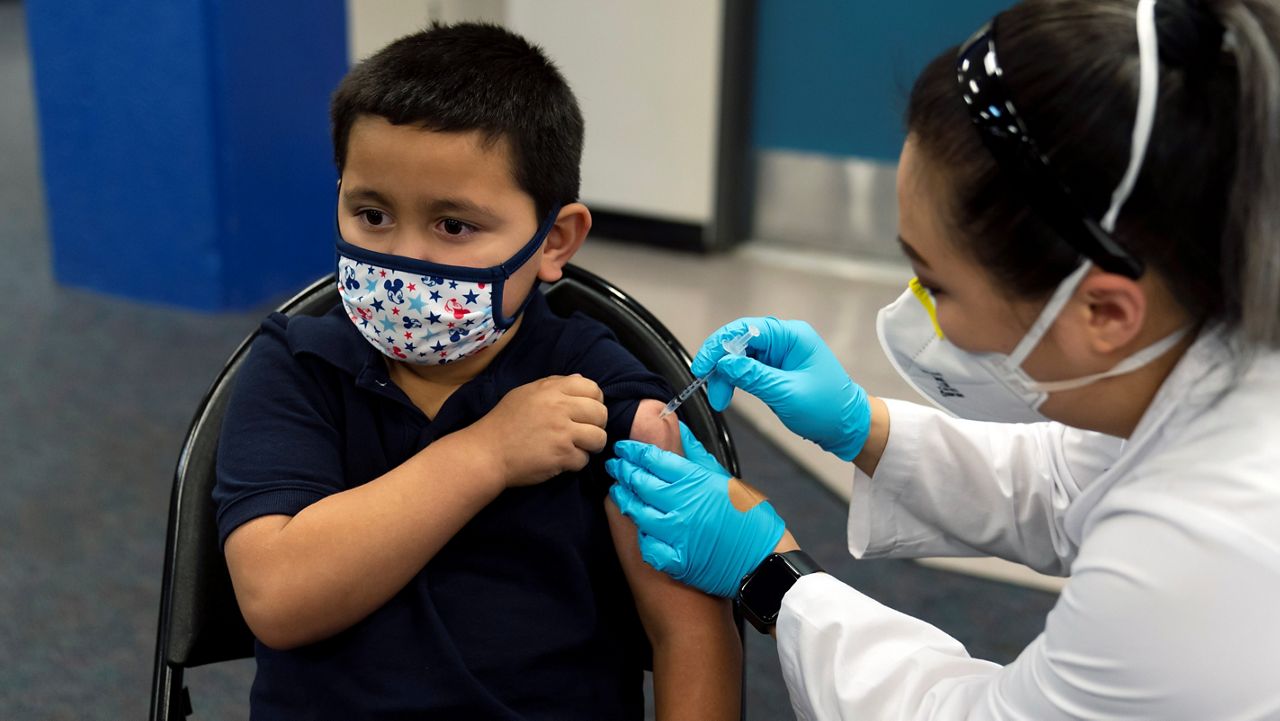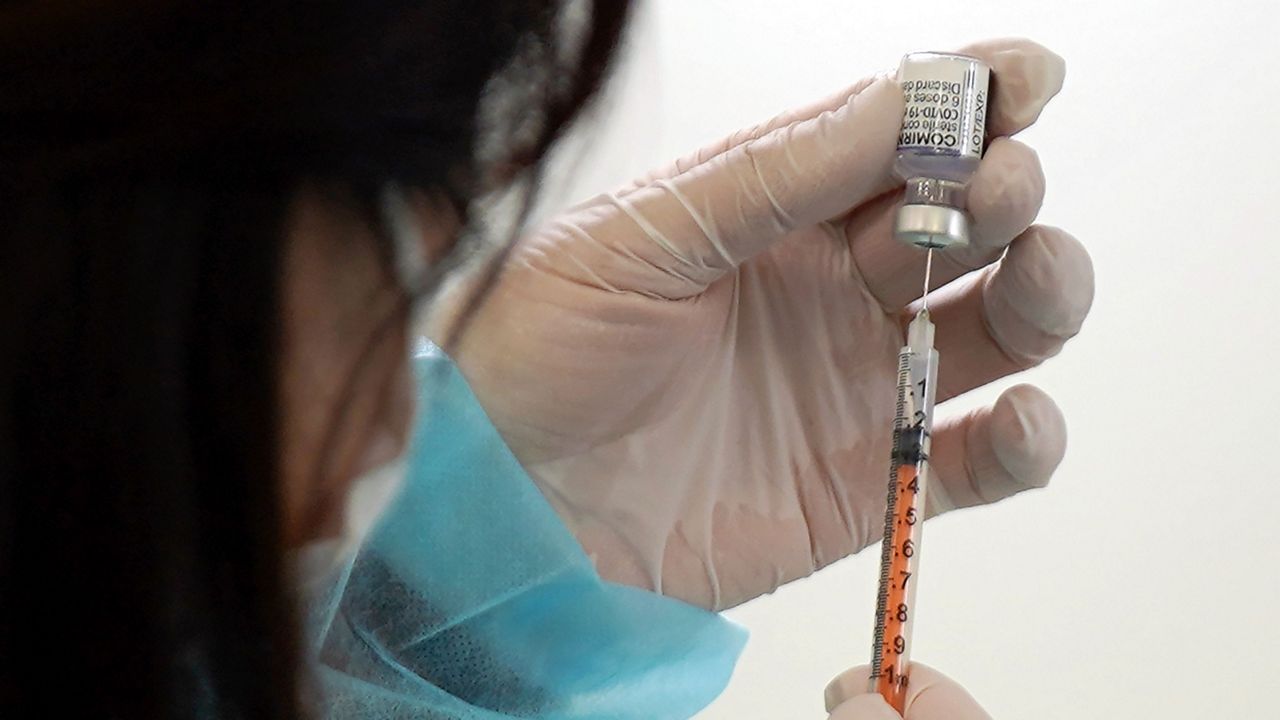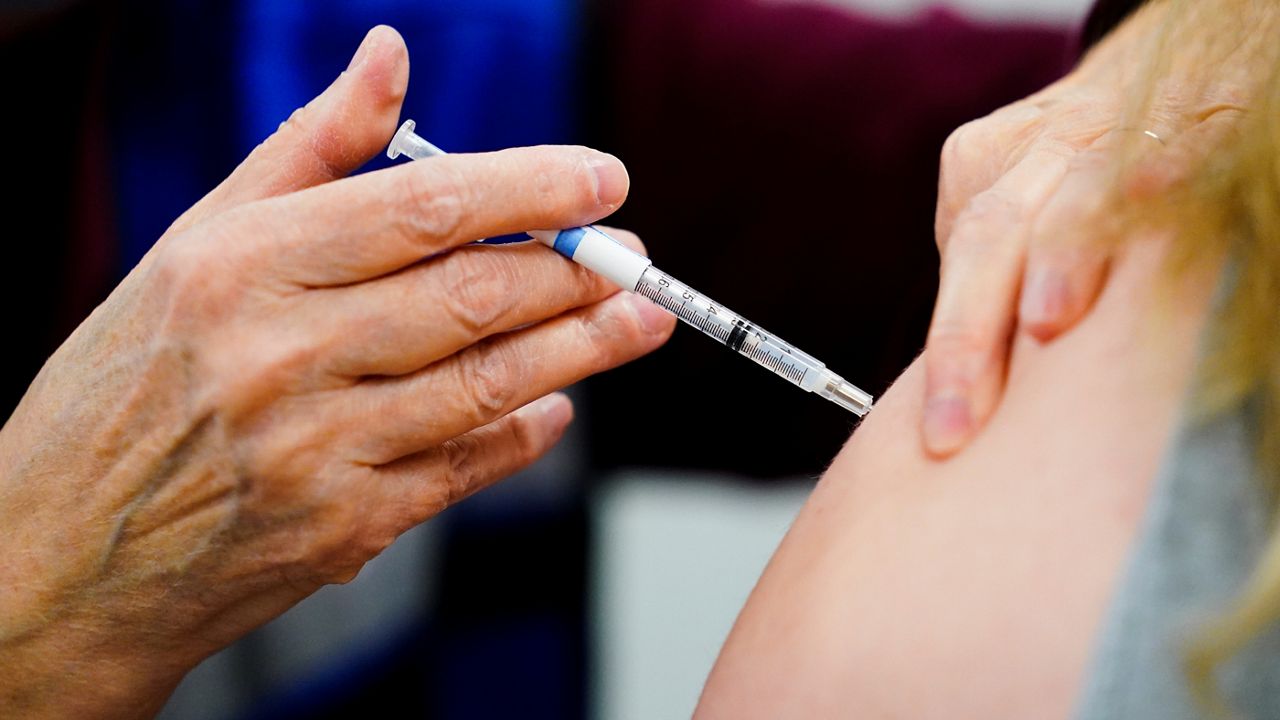Health care workers treating and caring for coronavirus patients got the first doses of the COVID-19 vaccines December 14. Since then, more than 63,000 people have gotten the first shot of either the Pfizer or Moderna vaccines in North Carolina, according to public health officials.
Up to 3 million more people in North Carolina are in line for the vaccine before it becomes available for anyone who wants one. That's almost a third of the state's population in the first three phases of vaccine distribution.
With both vaccines, people need to get two shots before the vaccine is effective. For the Pfizer vaccine, the second shot comes after 21 days. For the Moderna version, it’s 28 days.
The vaccines shipped to major hospitals around the state for these first phases of distribution in North Carolina, part of the biggest vaccination effort in United States history.
The state is currently in what the North Carolina Department of Health and Human Services calls “Phase 1a” for vaccine distribution, with the first shots going to health care workers directly treating and caring for coronavirus patients.
Staff and residents in long-term care facilities, like nursing homes, are also some of the first in line to be vaccinated.
North Carolina DHHS is publishing county-by-county data about vaccine distribution as more people get the shots.
The data shows people in the state’s population centers, like Wake, Mecklenburg and Forsyth, and counties with major hospitals, like Durham and Orange, have the most people who have gotten the shot so far.
The data shows 63,571 people got their first shot by Tuesday, but DHHS said that the number is likely higher because it can take up to three days for hospitals to update state public health officials on the number of vaccine doses given out.
It will likely be spring before enough vaccine doses are available for everyone who wants one, according to Dr. Mandy Cohen, NC DHHS secretary.
During a news conference on Wednesday, December 30, DHHS Sec. Dr. Mandy Cohen announced an update to the phased plan for distributing the vaccine and giving priority to those who are most at risk. The plan will progress as follows:
Current Phase– Phase 1a: Health care workers fighting COVID-19 and long-term care staff and residents.
Hospitals and local health departments are vaccinating health care workers caring for and working directly with patients with COVID-19 and those giving vaccines. In addition, the federal government is vaccinating long-term care residents and staff.
Phase 1b: Adults 75 years or older and frontline essential workers.
The next phase of vaccinations will open in groups.
- Group 1: Anyone 75 years or older regardless of medical condition or living situation. People do not have to have a chronic health condition.
- Group 2: Health care and frontline essential workers who are 50 years of age or older.
- Group 3: Frontline workers of any age and health care workers of any age, regardless of whether they work directly with COVID-19 patients. This phase is anticipated to begin in early January.
The CDC defines frontline essential workers as first responders (firefighters, police), education (child care, teachers, support staff), manufacturing, corrections officers, public transit, grocery store, food and agriculture, and U.S. postal workers.
Phase 2: Adults at high risk for exposure and at increased risk of severe illness.
In this phase, vaccinations will also open in groups.
- Group 1: Anyone ages 65-74 years regardless of medical condition or living situation.
- Group 2: Anyone 16-64 years with a medical condition that increases risk of severe disease from COVID-19.
- Group 3: Anyone who is incarcerated or living in other close group living settings who has not already vaccinated due to age, medical condition, or job function.
- Group 4: Essential workers as defined by the CDC who have not yet been vaccinated.
Phase 3: Students.
College, university, and high school students 16 or older.
Younger children will only be vaccinated when the vaccine is approved for them.
Phase 4: Finally, anyone who wants a COVID-19 vaccine will be able to get one.
According to DHHS estimates, there are as many as 238,000 people in Phase 1a and between 520,000 and more than 700,000 in Phase 1b.
There are between 1.2 and 1.5 million people in Phase 2 and up to another 767,000 in Phase 3. That means more than 3 million people may need to be vaccinated in North Carolina before the state gets to Phase 4 when vaccines become available to all.








